30 Colombia Education Facts (all about schools in Colombia)
Did you know that the level of education in Colombia is quite different between public and private schools? ? Or that lots of Colombians leave for the US after graduation?
Discover everything through these 30 interesting Colombia education facts! 🇨🇴 🎓
The Best Facts About School in Colombia
Colombia is a country located in South America. It has a very rich cultural heritage, and its capital city is Bogotá, which has 7,412,000 inhabitants.
An interesting part of the country that I wanted to tackle is its education. In light of that, I have listed my 30 best facts about school in Colombia, and I hope you will love them:
1. The school system in Colombia consists of 11 grades
While many countries have 10 years of school, there are 11 of them in Colombia.
Elementary school lasts for 5 years. After that, secondary education is divided into lower secondary education (4 years) and upper secondary education (2 years), before going into college.
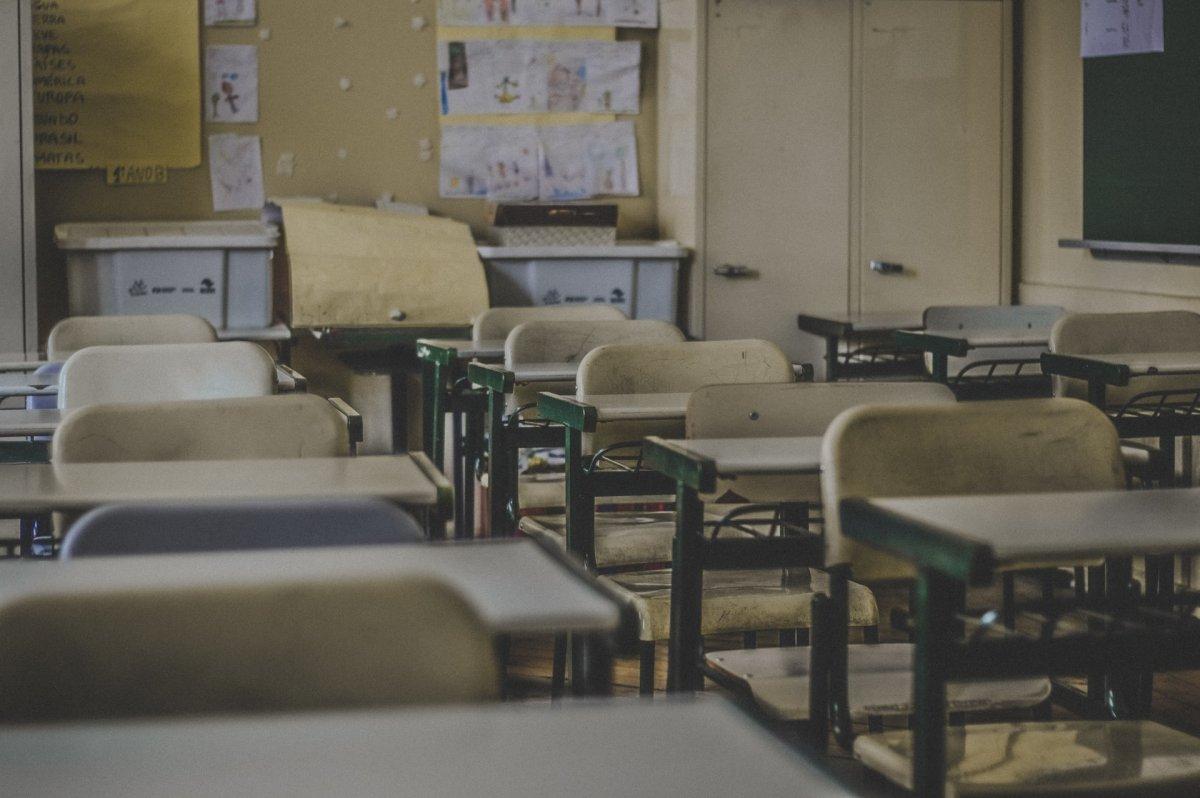
2. The Colombian university level is made of 3 stages of studies
The Colombian college system is very similar to that of tons of other countries. Students first go through the “profesional” level (undergraduate), before reaching “maestría” (master’s degree) and finishing with “doctor” (PhD).
Considering the high enrollment rate in tertiary education, it seems like this system is fairly well appreciated.
3. Colombian students can also earn higher education degrees outside of university
In Colombia, students can also graduate outside of the university.
In case they want to have a degree that is less related to academic topics, there are also technical institutions, offering “técnico” (technician) and “tecnólogo” (technologist) degrees. Other university-level institutions can also provide these technical degrees.
4. It is the Ministry of Education that regulates all education in Colombia
The “Ministerio de Educación Nacional” is the ruler of education in Colombia. It rules all levels of education, and, for each grade level, lists down the learning objectives as well as the subject areas. Each school is allowed to organize its own studies, depending on the needs of its community.
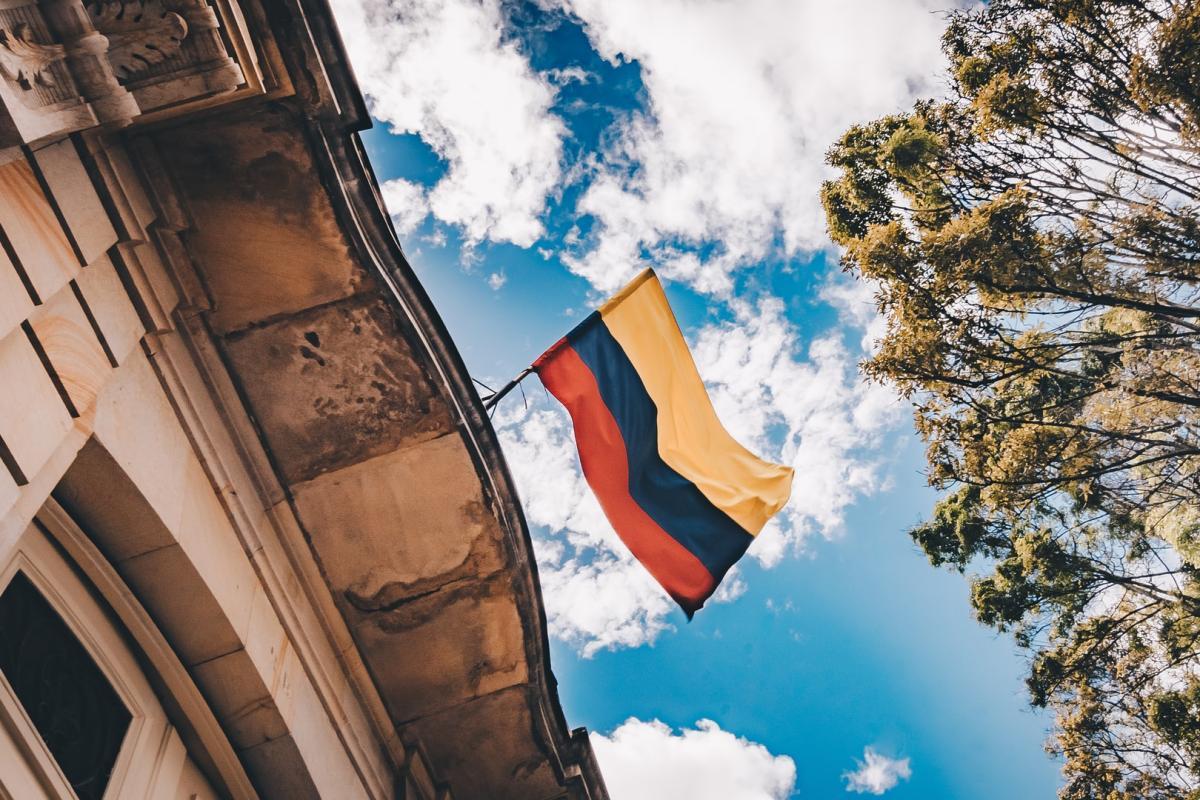
5. English is now a very important part of the Colombian curriculum
Since 2004, the National Bilingual Program has been part of the Colombian curriculum. It was added by the Ministry of Education and makes sure that English is learned by every student as a foreign language.
For higher education, bilingualism is even necessary for accreditation.
6. The biggest education community in Colombia is a national university
The “Universidad Nacional de Colombia” (or National University of Colombia) gathers more than 50,000 students!
Most of them are undergraduates, but there are also a lot of graduate programs, like medicine, engineering, mathematics, physics, biology, psychology, geology, social sciences, and arts.
7. Colombian students mostly go to the United States when they leave the country
If a Colombian student plans to study abroad, the preferred destination is the United States.
Many universities in the country are great, so not everyone prefers to leave, but those who choose to do so can also go to the United Kingdom, France, or Australia.
8. There are good reasons behind the United States being a leading destination
While the employment situation in Colombia could be far worse, there are still a handful of reasons why many students choose to leave for the United States. There are more employment opportunities, a higher quality of education, and a great chance to improve English skills.
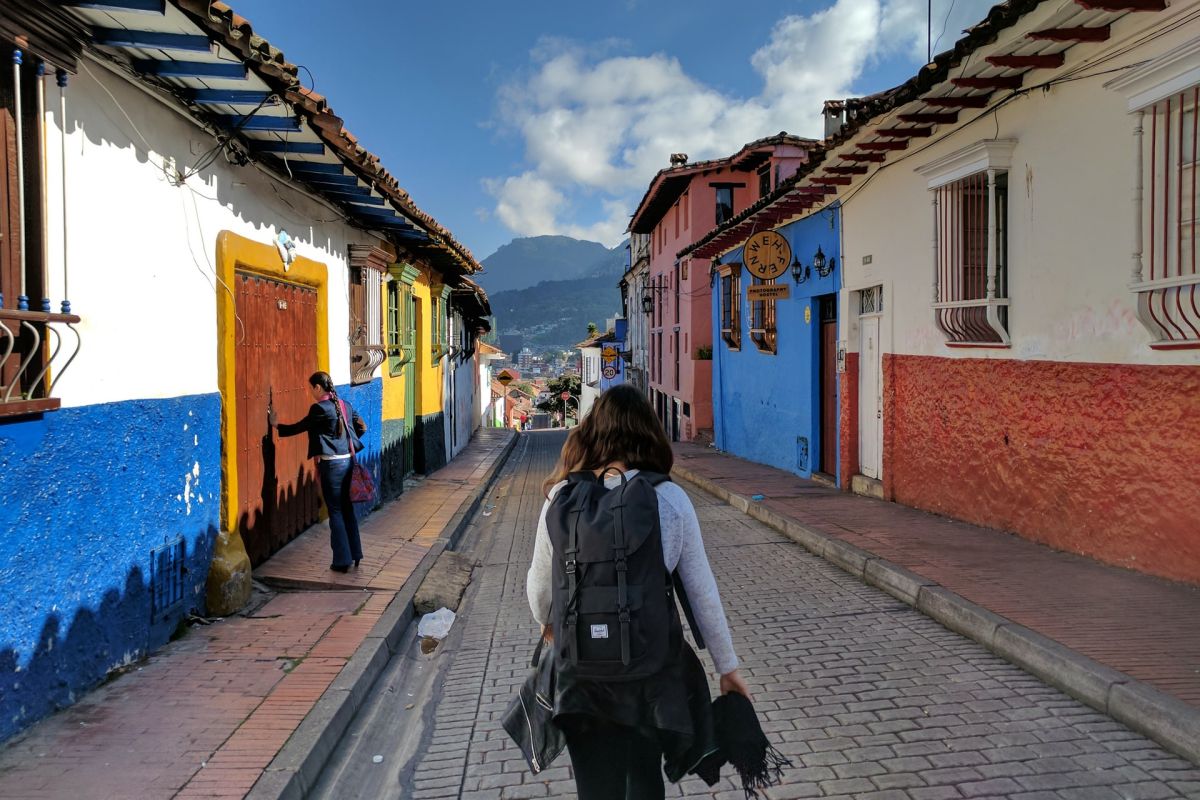
9. Colombia sends a lot of its students to the United States
Because the United States is the preferred overseas destination for Colombian students, the country sends in fact quite a lot of them there. On a global scale, Colombia is ranked 23rd, but in South America, it is 2nd, right behind Brazil.
10. The number of Colombians leaving for the United States is only growing
Throughout the years, the number of Colombian students flying to the United States has only been getting bigger and bigger. In 2016-2017, there were almost 8,000 of them, which was a 2.1 percent increase compared to the year before.
11. The impact of Colombian students in the United States is not neglectable
Whatever locals may think about foreigners coming into the country and studying there, Colombian students in the United States have made a tremendous impact on the country’s economy. It is estimated that they contributed $273,000,000 to the United States economy!
12. More and more Colombian universities develop partnerships with the United States
This will not come as a surprise, but Colombian universities are very interested in developing partnerships with United States universities. These offer dual degree programs to the students, through two to three years of Colombian studies, or one to two years of US university.
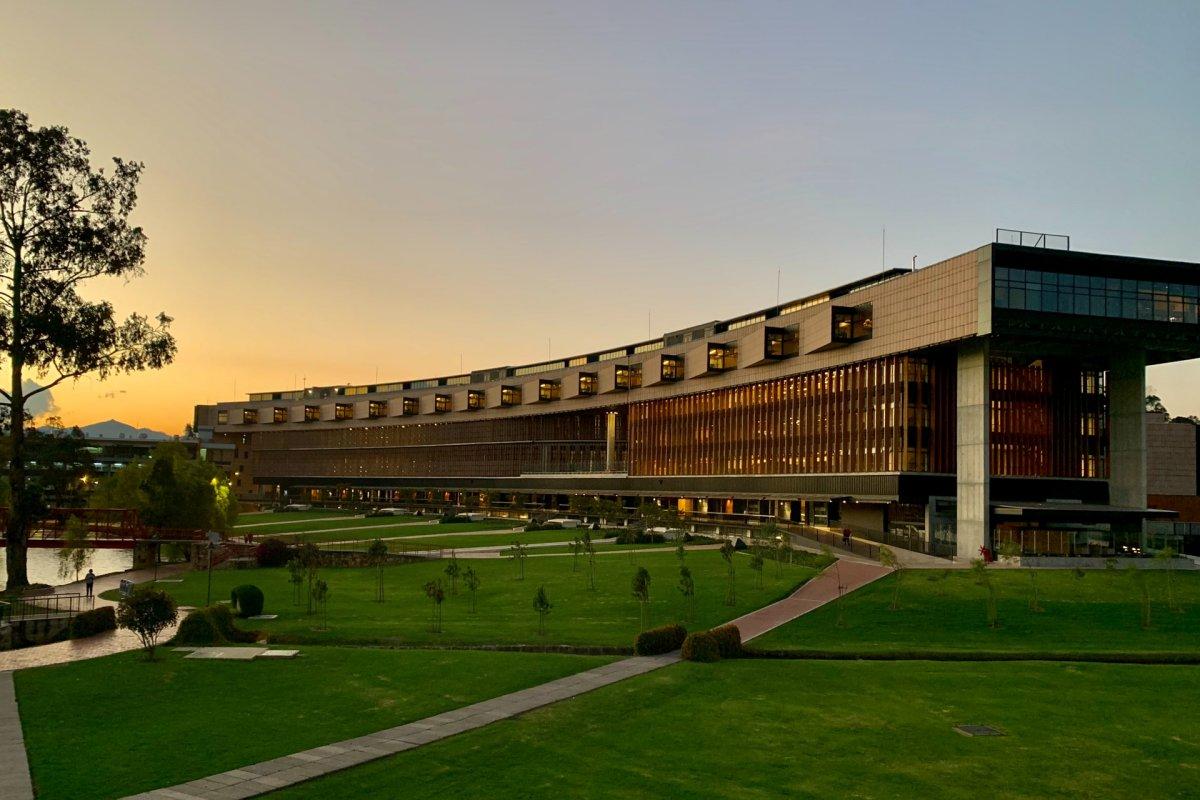
University of La Sabana, Chia, Colombia
13. There is a large network of US education centers in Colombia
You have understood it by now, the United States is quite close to Colombia when it comes to education. In fact, a strong network of 11 US education centers provides language programs in the country. They are located at nine binational centers.
14. Colombian students start school late and often repeat at least one grade
Unfortunately, around 37 percent of Colombian students start school late, which is a real issue for the country’s future.
Also, about 41 percent of pupils repeat at least one grade by age 15! This is due to larger problems, like traditions and mindsets in the country.
15. There are not that many PhD degree holders in Colombia
Colombian universities are objectively good, compared to that of many other countries.
However, there are only around 7 masters of PhD degree holders for every 1,000,000 inhabitants in the country. The issue is that the system is not preparing the youth well enough to reach university.
16. The Colombian educational system is quite flawed
There are many reasons why the Colombia education system is far from ideal.
While higher education is more than decent, children face issues like inadequate facilities, a lack of internet access, and schools being located too far from their homes.
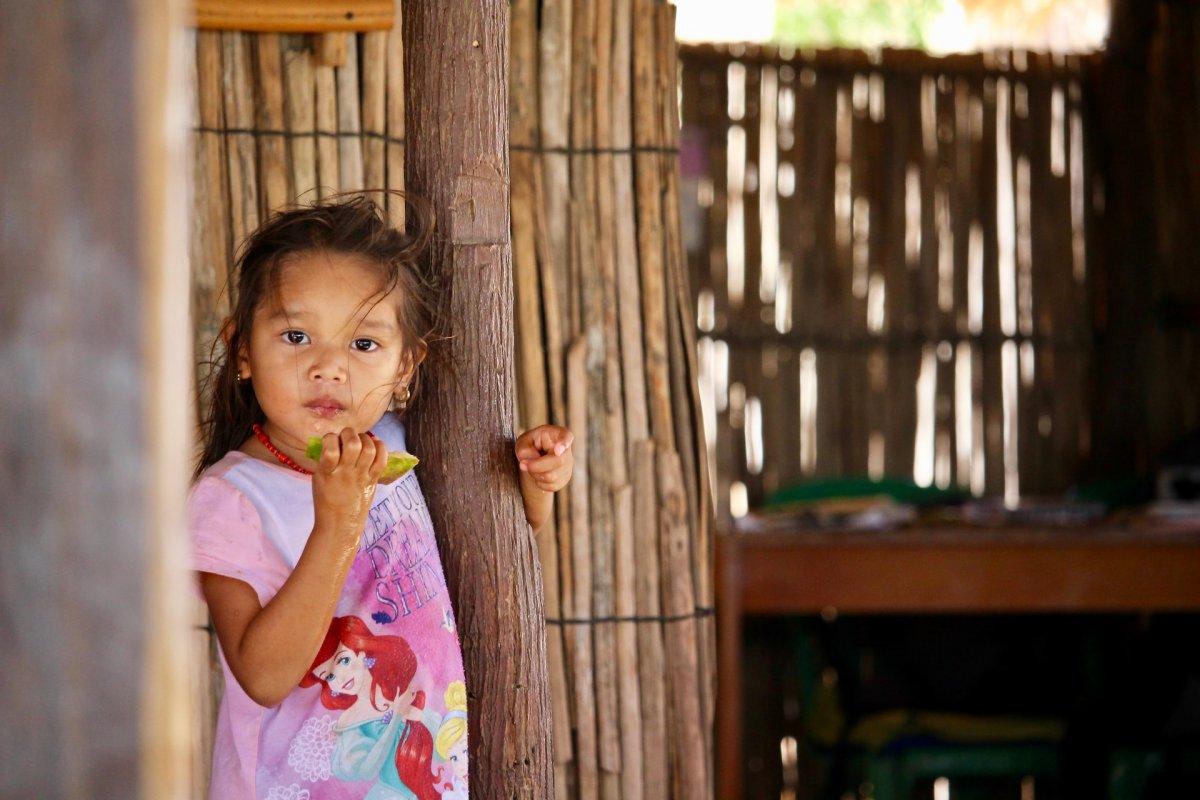
17. Colombia is trying to help its educational system but cannot keep up
In recent years, the Colombian government has been doing more and more to help its flawed educational system.
The access to education has only gotten better, but because there are more and more enrolled students, the government is not able to keep up financially.
18. Education is often of low quality in Colombia
Just because more and more Colombian children can go to school does not mean that the quality of education is good. It is quite the opposite actually, because of financial problems: the government can only provide everyone with low-quality education.
19. The educational situation in rural areas is catastrophic in Colombia
Most of the things I just told you about are about urban areas, where the situation is far from ideal.
However, it is far worse in rural areas, where only 2 out of 10 children will not attend school! This is due to how hard it is to reach schools when living in a rural area.
20. Not enough money is spent on Colombian education
A great reason why Colombian education suffers from so many issues is because only 4.6 percent of the annual GDP has been invested in education. While this might sound decent, remember that only 0.5 percent of this expenditure has gone towards rural areas.

And that is it for the best 20 interesting facts about schools in Colombia…. Wait, did I say 20? Oh yes, because there are 10 more of them, coming right up:
More Colombian Education Facts
There are so many things to say about Colombia’s education system that I just could not stop after only 20 facts.
Here, have 10 more Colombian education facts:
21. There is a lot of inequality in Colombia’s educational system
Ideally, everyone would have the right to access the same education. That is obviously not the case in Colombia, where students having a paid and private background will reach university way more easily than students who came from the public education system.
22. The lack of education is causing many problems throughout the country
Many people underestimate the power of education. Colombia is a great example to understand why it is so important.
Because of this lack of education, the country suffers from unemployment, poverty, and even violence. Only education can solve these deep problems, by empowering everyone equally.
23. Spanish is the official language of Colombia
In Colombia, while there are more than 87 ethnic groups and 64 different languages, the official language of instruction is Spanish. In some regions, the local indigenous language is also used on top of Spanish, as the medium of instruction.
24. There are income disparities affecting primary school attendance in Colombia
Unfortunately for children, household income still plays an important role when it comes to their education. Poor children attend school less, compared to richer ones.
There is good news though: these disparities have reduced, and enrollment rate differences have only been getting smaller in the past few years.
25. There are more girls than boys who attend secondary school in Colombia
While most (83 percent) Colombian children aged 11 to 12 start secondary school, there has always been a higher percentage of girls attending it than boys. Through time, the trend has stayed very consistent: girls outnumber boys by 5 percent!
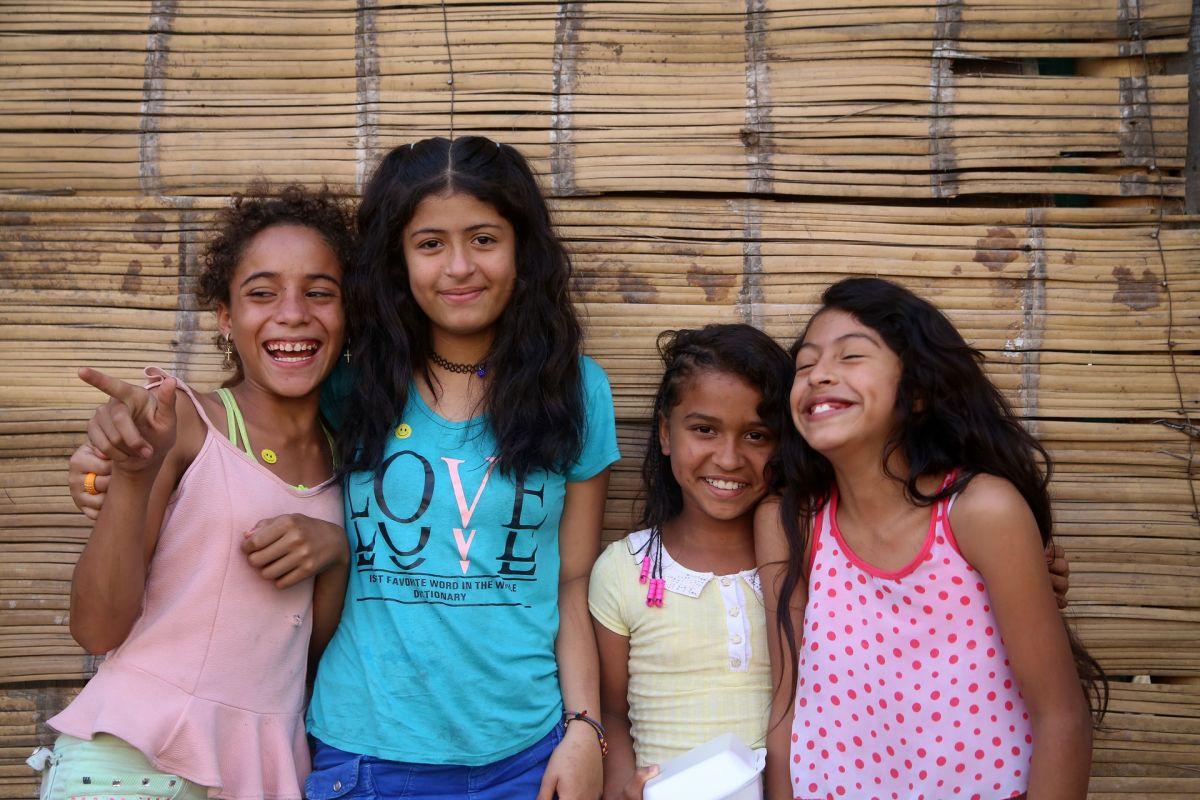
26. Depending on the region, university enrollment is very different in Colombia
If you look at the numbers in the center of the country, where the capital city is located, the university enrollment is quite good. However, when it comes to the rest of the country, the only other places where it is decent are the Atlantic and Pacific regions.
27. There are two very different school calendars in Colombia
Believe it or not, there are two school calendars in the country of Colombia: A and B.
Most public schools use calendar A, which starts at the end of January and ends in November. For private schools, calendar B is used: it starts at the beginning of September and ends in June.
28. Christmas is synonymous with lots of holidays in Colombia
While several countries like the United States or France enjoy long holidays during the summer, it is actually the same in Colombia!
Because the country is located in the southern hemisphere, Christmas is in summer, and this is why children can enjoy a month or a month and a half of holidays for Christmas.
29. Colombian parents must buy textbooks for their children
Unfortunately, textbooks are not issued by the school in Colombia, nor put on loan. Every family must buy their own books. The good thing is that these are available in local bookstores, and can be used for around 3 years.

30. Colombian schools use uniforms
Just like many countries, in Asia for instance, Colombian schools force children to wear uniforms in primary and secondary education.
With how important the disparities are in the country, it is a great solution to make sure no one identifies if someone comes from a rich or a poor family.
So there you have them, these were all my 30 education in Colombia facts. I hope you enjoyed them and that you learned something new today.
In case you want to learn more about the rest of the country’s education system, feel free to keep reading, as I still have lots of things to tell you about:
Colombian School Hours
Let’s keep going with our next part, dedicated to Colombian school hours. The typical school schedule in one country can often be very different from your own, and it’s always interesting to have more details on how students go on about their day.
Colombia Primary School Schedule
Primary school is for children between the ages of 6 and 12, and it is free. A school day typically lasts from 7 AM to 12:30 PM.
“Recreo” is sacred, and it is the 10 AM break. At that time, students eat a snack: most of them bring chips and a drink, and others purchase food at the school, like hot dogs, ice cream, or candy.

Colombia Secondary School Schedule
When it comes to secondary school, classes are a bit longer: from 7 AM to 1:30 PM. Each of these classes is one hour long.
Secondary education is the second cycle of basic education, or “Educación básica”. It is for children aged 11 to 14.
Colombian High School Schedule
High school is called “Educación media” in Colombia, and it lasts for two years.
Students can choose between an academic and a technical curriculum, before receiving the title of “bachiller” upon completion of the whole cycle. It is only with this title that pupils can pretend to enter university.
General Facts About Schooling in Colombia
This last part is dedicated to general facts about schooling in Colombia. More specifically, we’ll check 2 key figures that will give you a better understanding of the education level in Colombia.
Enrollment in tertiary education for Colombia: 50.1%
(Average for regions: Sub-Saharan Africa: 8.6% | South Asia: 20.8% | Arab States: 36.4% | East Asia: 36.5% | Latin America: 43.3% | Europe and Central Asia: 62% | North America: 84%)
Data from World Bank EdStats/UNESCO
Colombia literacy rate: 95%
(Average for regions: Sub-Saharan Africa: 65.3% | South Asia: 72.9% | Arab States: 79.4% | Latin America: 93.7% | East Asia: 95.8% | Europe and Central Asia: 98.5%)
Data from World Bank EdStats/UNESCO
More Education Facts!
Do you want even more education facts about other countries?
Check out these facts:
Or click here to see ALL the education facts up on the blog!
The Full List of 30 Colombian School Facts
- The school system in Colombia consists of 11 grades
- The Colombian university level is made of 3 stages of studies
- Colombian students can also earn higher education degrees outside of university
- It is the Ministry of Education that regulates all education in Colombia
- English is now a very important part of the Colombian curriculum
- The biggest education community in Colombia is a national university
- Colombian students mostly go to the United States when they leave the country
- There are good reasons behind the United States being a leading destination
- Colombia sends a lot of its students to the United States
- The number of Colombians leaving for the United States is only growing
- The impact of Colombian students in the United States is not neglectable
- More and more Colombian universities develop partnerships with the United States
- There is a large network of US education centers in Colombia
- Colombian students start school late and often repeat at least one grade
- There are not that many PhD degree holders in Colombia
- The Colombian educational system is quite flawed
- Colombia is trying to help its educational system but cannot keep up
- Education is often of low quality in Colombia
- The educational situation in rural areas is catastrophic in Colombia
- Not enough money is spent on Colombian education
- There is a lot of inequality in Colombia’s educational system
- The lack of education is causing many problems throughout the country
- Spanish is the official language of Colombia
- There are income disparities affecting primary school attendance in Colombia
- There are more girls than boys who attend secondary school in Colombia
- Depending on the region, university enrollment is very different in Colombia
- There are two very different school calendars in Colombia
- Christmas is synonymous with lots of holidays in Colombia
- Colombian parents must buy textbooks for their children
- Colombian schools use uniforms
Share the knowledge! Click on the buttons below to share these Colombian school facts with your friends, and help them learn more about the world 🙂


![15 Interesting Cambodia Education Facts [100% true]](https://www.kevmrc.com/wp-content/uploads/2022/05/25-cambodia-education-facts.jpg)
